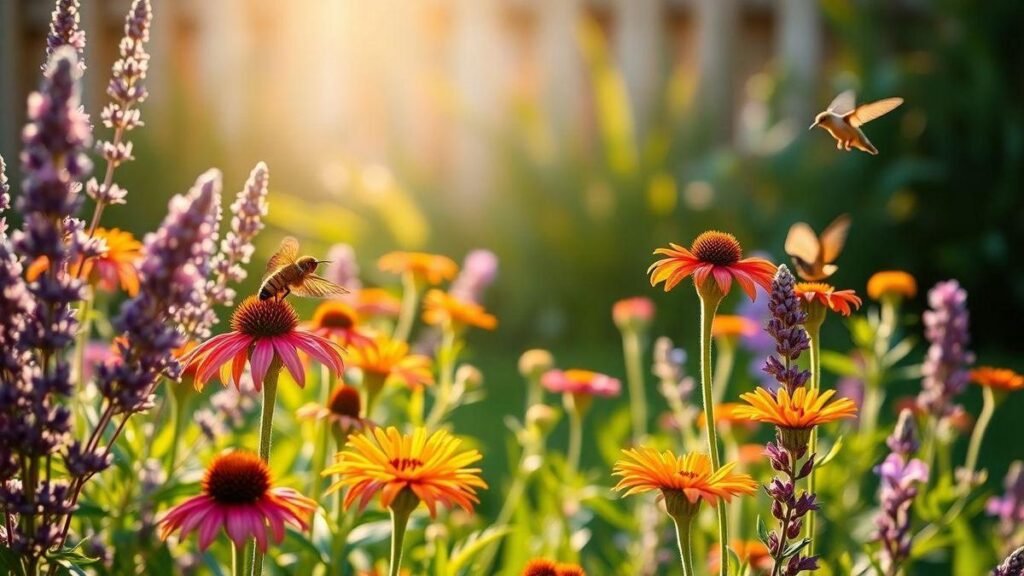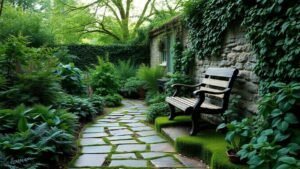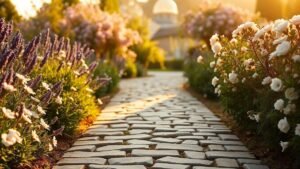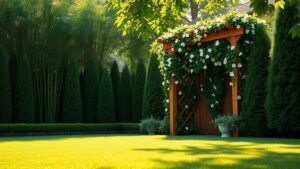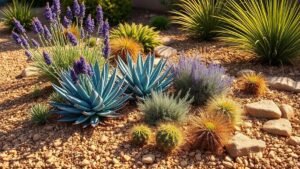Best Outdoor Plants for attracting pollinators in urban gardens is my secret weapon for turning tiny patios and sad balconies into buzzing havens. I pick native plants because bees and butterflies know them like an all‑you‑can‑eat buffet. I plant perennials so I can be gloriously lazy and still get flowers every year. I plan spring to fall with early feeders, steady blooms, and a few night‑blooming treats for moth night flyers. I cram pollinator pals into containers, favor drought tolerant picks, refuse pesticides, and build simple habitat with water and shelter.
Key Takeaway
- I plant clusters of nectar-rich flowers so bees find a buffet.
- I pick native plants because local pollinators know the menu.
- I mix flowers that bloom all season so there are always snacks.
- I give water and little shelters so pollinators can rest and hide.
- I skip pesticides — my garden is a safe party for bugs.
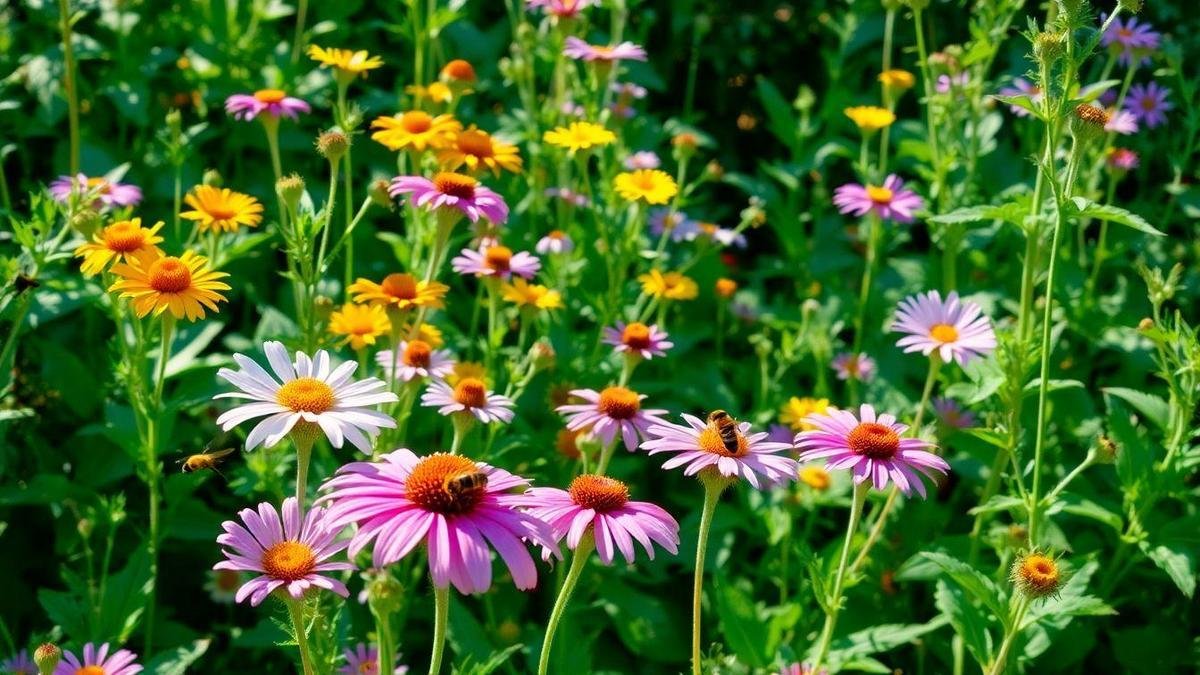
Why I Pick Native Plants for Pollinators and Call Them My Secret Weapon
Native Plants for Pollinators and Why Bees and Butterflies Prefer Them
Let me tell you something: native plants are like the VIP section for bees and butterflies. They roll out the red carpet, and these little buzzers come flocking in like they just won the lottery. Why? Because native plants are what they know best! They’ve been hanging around here for ages, and they’ve got the right snacks.
These plants have evolved to be the perfect fit for our local critters. They’ve got the right nectar and pollen that bees and butterflies crave. It’s like a five-star buffet for them! Meanwhile, those fancy non-natives? They might as well be serving up cardboard. Talk about a culinary disaster!
Perennial Pollinator Plants That Come Back Each Year So I Can Be Lazy
Now, I don’t know about you, but I like to keep my gardening efforts to a minimum. That’s why I’m all about perennial plants. These beauties come back year after year, like that friend who shows up uninvited but you’re secretly glad to see.
Here’s a quick table of some of my favorite perennial pollinator plants:
| Plant Name | Bloom Time | Attracts |
|---|---|---|
| Black-eyed Susan | Summer | Bees, butterflies |
| Coneflower | Summer-Fall | Bees, butterflies |
| Milkweed | Summer | Monarch butterflies |
| Aster | Fall | Bees, butterflies |
With these plants, I can sit back and sip my lemonade while the pollinators do their thing. It’s like having a garden party without lifting a finger!
How to Find Native Plants for Your City
Finding native plants is easier than finding a needle in a haystack—trust me! First, check out your local garden center. They usually have a section dedicated to native plants. You can also Google native plants for my city, and boom! You’ll have a list faster than you can say pollinator paradise.
Another great option is to connect with local gardening clubs or online forums. The plant-loving community is full of folks who are eager to share their favorite finds. Just remember to bring your sense of humor; the gardening world can be a bit quirky!
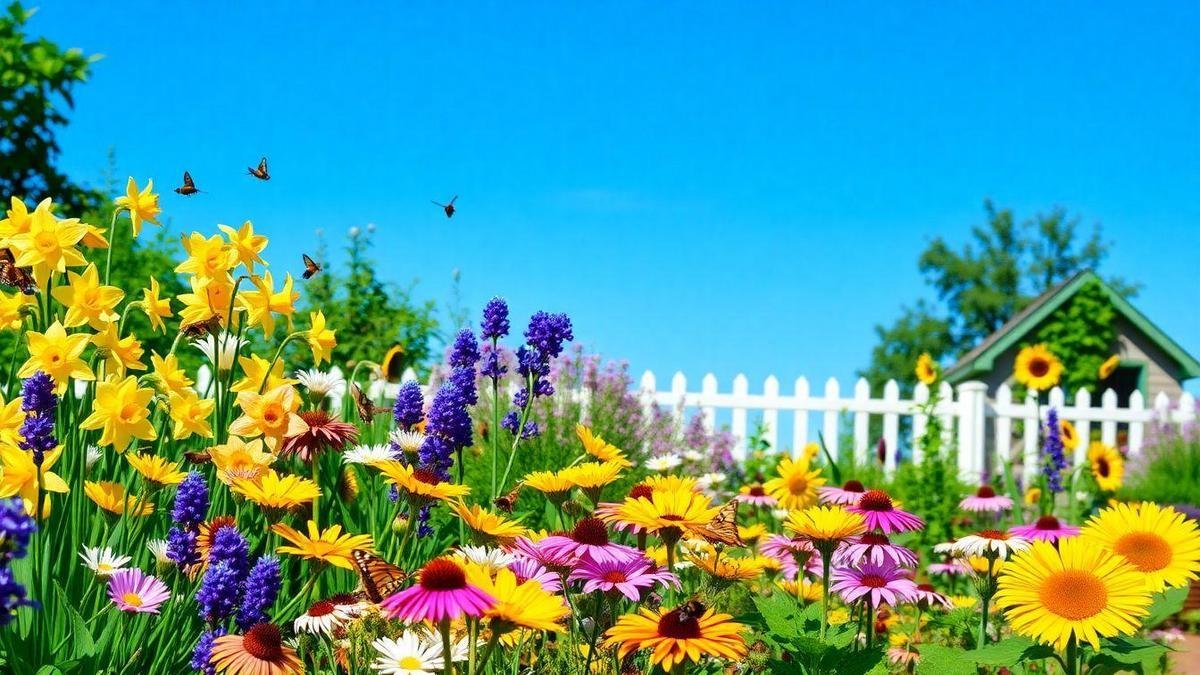
I plan for spring to fall with early spring pollinator plants and steady blooms
Early spring pollinator plants that feed hardworking bees first thing
Ah, spring! The season where I finally stop wearing my winter coat and start wearing my gardening gloves. It’s like a warm hug from Mother Nature! But before I dive headfirst into planting, I’ve got my eyes set on some early spring pollinator plants. These beauties are like breakfast for the bees, and who doesn’t love a good breakfast?
Let’s kick things off with a list of my favorites:
| Plant | Bloom Time | Bee Attraction |
|---|---|---|
| Crocus | Early Spring | High |
| Snowdrop | Early Spring | Moderate |
| Hellebore | Late Winter | Moderate |
| Lungwort | Early Spring | High |
| Primrose | Spring | High |
These plants are like the early bird special for bees! They wake up from their winter slumber and get to munching on the nectar. I mean, who wouldn’t want to be the first one to serve breakfast to a bee?
Flowering plants for pollinator attraction that keep nectar all season
Now that I’ve set the stage with early bloomers, it’s time to think about the flowering plants that keep the nectar flowing all season long. I’m talking about plants that are like the all-you-can-eat buffet for bees and butterflies.
Here’s a list of my top picks:
- Lavender: It smells divine and bees can’t resist it.
- Echinacea (Coneflower): A classic that blooms all summer.
- Bee Balm: You guessed it, bees love it!
- Black-eyed Susan: These sunny flowers brighten up the garden and attract pollinators.
- Asters: Perfect for late summer and fall.
With these plants in my garden, I’m basically running a five-star restaurant for pollinators. They can feast from spring to fall, and I can sit back and enjoy the buzzing symphony!
Creating a season-long plan for Best Outdoor Plants for attracting pollinators in urban gardens
So, how do I create a plan that has the Best Outdoor Plants for attracting pollinators in urban gardens? It’s all about timing and variety. I need to think like a bee!
Here’s my strategy:
- Start with early bloomers: Crocus and snowdrops kick off the season.
- Add mid-season stars: Lavender and Echinacea take the stage next.
- Finish strong: Asters and goldenrod wrap things up in fall.
By planting a mix of these beauties, I’m creating a buffet that lasts from spring to fall. It’s like a never-ending party for my buzzing buddies!
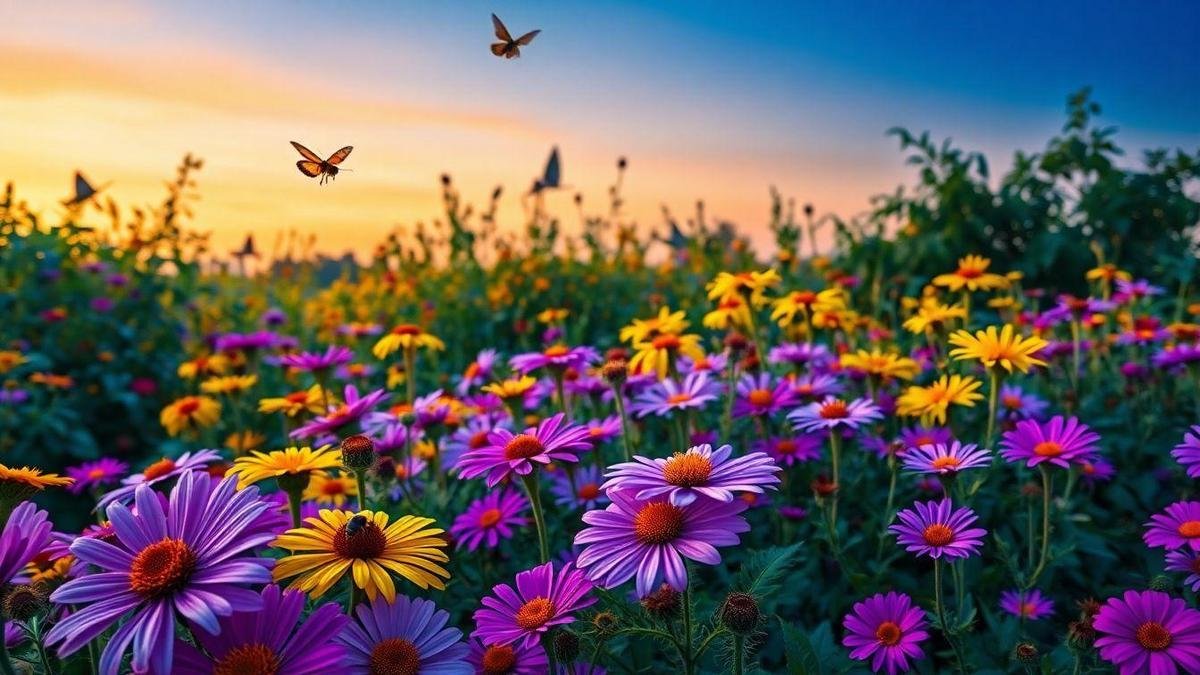
I choose plants that attract bees and butterflies, and even night flyers
Plants that attract bees and butterflies that grow well in sunny spots
When I think about my garden, I imagine it buzzing and fluttering with life. Bees and butterflies are my VIP guests, and I want to roll out the red carpet for them. So, I pick plants that make them feel right at home. Here’s my go-to list of sunny favorites:
| Plant Name | Flower Color | Bloom Time |
|---|---|---|
| Lavender | Purple | Late Spring |
| Coneflower | Pink/Purple | Summer |
| Black-eyed Susan | Yellow | Summer to Fall |
| Zinnia | Various | Summer |
| Marigold | Orange/Yellow | Summer to Frost |
These beauties not only look good but also smell divine! Just imagine bees buzzing around, sipping nectar like they’re at a fancy buffet. And butterflies? They’ll be dancing from flower to flower like they’re at a garden party.
Night blooming plants for moth pollinators and why moths matter
Now, let’s not forget the night crew! Moths are like the cool, mysterious cousins of butterflies. They come out when the sun goes down, and they have a taste for the night-blooming plants. Here’s what I plant for them:
- Moonflower – These blooms open up at night, giving off a sweet scent that calls moths like a siren’s song.
- Evening Primrose – They bloom in the evening and attract all the night owls.
- Night-Blooming Jasmine – The fragrance is so strong, it could wake the neighbors!
Moths might not be as glamorous as butterflies, but they play a crucial role in pollination. They help keep our ecosystem buzzing along, and who doesn’t love a good night garden?
How to mix best flowers for bees and butterflies for day and night visitors
Mixing flowers is like throwing a party—variety keeps it lively! I like to plant a combination of day and night bloomers so my garden is always buzzing with activity. Here’s my foolproof recipe:
- Daytime Stars: Lavender, Coneflower, Marigold
- Nighttime Wonders: Moonflower, Evening Primrose
By planting these together, I create a pollinator paradise that works around the clock. Bees and butterflies will be sipping nectar while moths are out on the prowl. It’s a win-win!
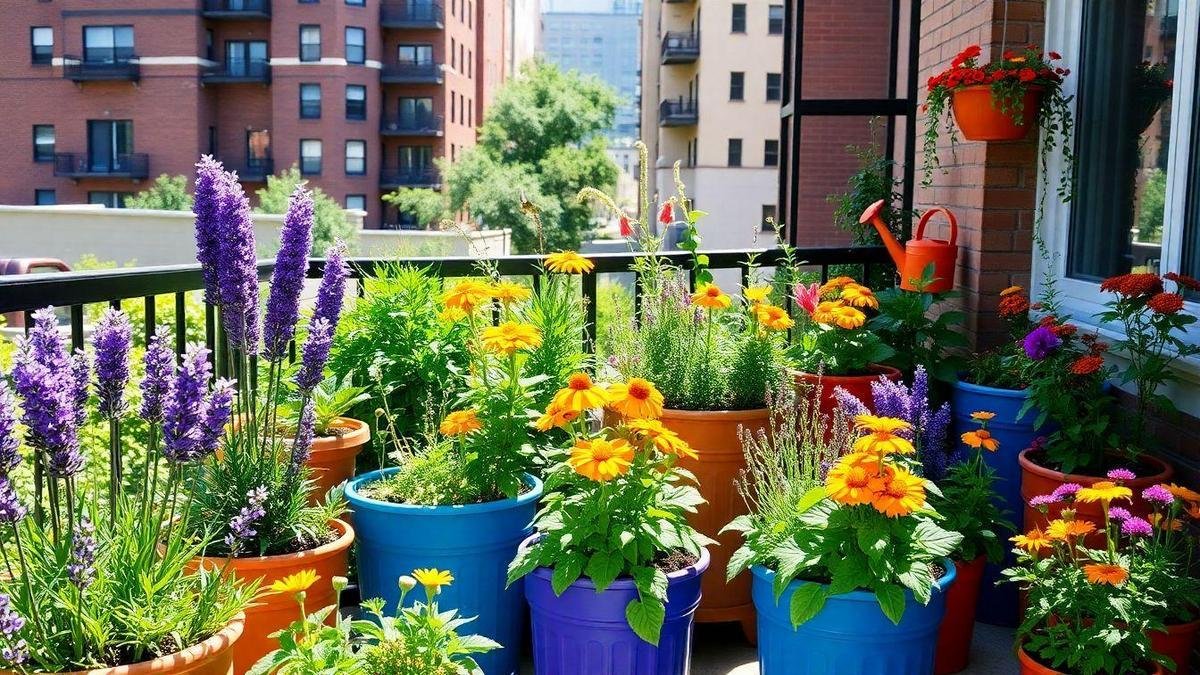
Designing tiny spaces: how I use containers for Best Outdoor Plants for attracting pollinators in urban gardens
Pollinator friendly garden plants for containers, balconies, and rooftops
Let’s face it, I live in a tiny space. My balcony is so small that I can practically high-five my neighbor while I’m watering my plants. But fear not! I’ve turned my little patch of concrete into a buzzing paradise for pollinators. Container gardening is my secret weapon. With the right plants, I can attract bees, butterflies, and even the occasional hummingbird. Here’s a list of some of my favorite pollinator-friendly plants that thrive in containers:
- Lavender: Not only does it smell divine, but it also attracts bees like a magnet. Plus, I can pretend I’m in a fancy spa every time I walk by.
- Borage: These star-shaped blue flowers are like a buffet for bees. They’re also super easy to grow, so I can feel like a gardening pro without any of the hard work.
- Marigolds: These bright beauties not only look good but also attract butterflies. And they’re great at keeping pesky pests away from my other plants!
- Salvia: The hummingbirds can’t resist these flowers. I mean, who wouldn’t want a little bird show on their balcony?
Perennial pollinator plants that do well in pots so I can fake a big garden
Now, I’m all about perennials because they come back year after year. It’s like having a garden that’s on autopilot. Here are some perennial plants that are perfect for my container garden:
| Plant | Why I Love It |
|---|---|
| Coneflower | Tough and beautiful, they attract all sorts of pollinators. Plus, they’re like little suns in my garden! |
| Black-eyed Susan | These cheerful yellow flowers are a favorite of bees and butterflies. They make me feel like I’m in a field of sunshine! |
| Catmint | This plant is a magnet for bees and smells amazing. Plus, it’s super forgiving if I forget to water it (which happens more often than I care to admit). |
| Sedum | A succulent that blooms in late summer, attracting pollinators when other plants are winding down. It’s like a party that keeps going! |
Soil, sun, and watering tips for container pollinator plants
Now that I’ve got my plants picked out, let’s talk about how to keep them happy. Soil is key. I use a good potting mix because my plants deserve the best. They’re not just decorations; they’re my little buddies!
- Sun: Most of my pollinator plants love the sun, so I make sure they get at least 6 hours of sunlight a day. If I can’t find a sunny spot, I might have to start doing yoga to stretch my plants towards the light.
- Watering: I try to water them when the top inch of soil is dry. But let’s be real, sometimes I forget and my plants give me the silent treatment. They’re resilient though, and bounce back like champs!
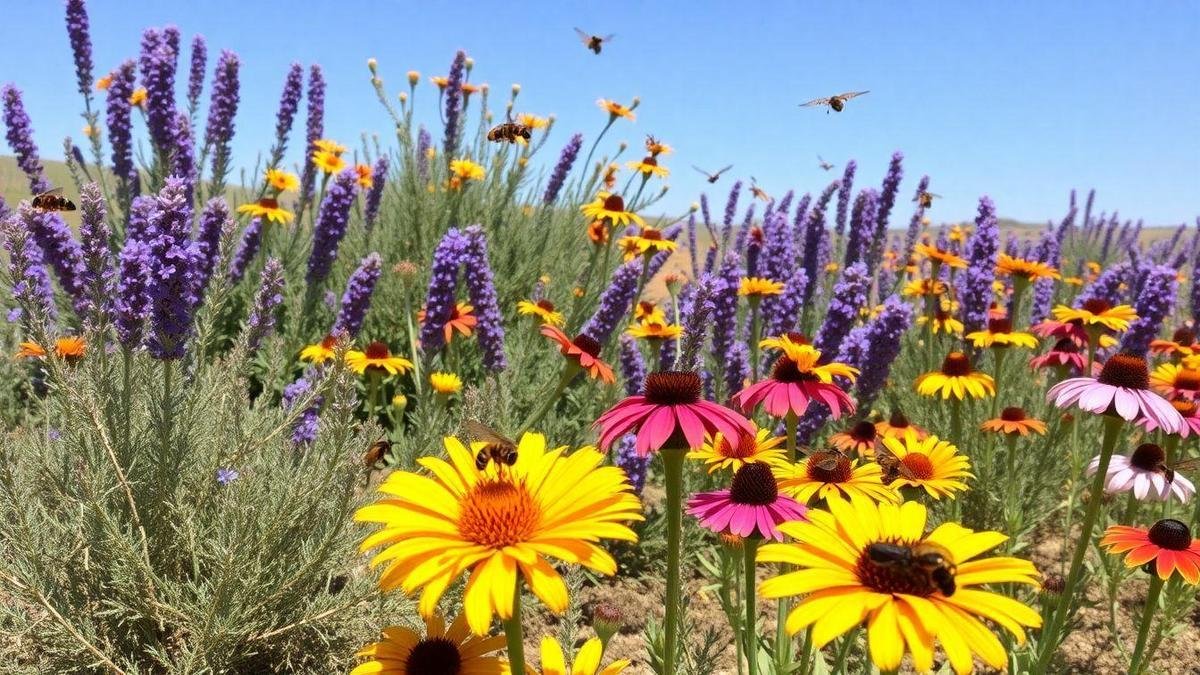
I plant drought tolerant pollinator plants so my garden survives my forgetfulness
Drought tolerant pollinator plants that still feed bees and butterflies
Let’s face it, I’m not winning any awards for my gardening skills. If plants had a Most Likely to Be Forgotten award, my garden would take home the trophy every year. That’s why I’ve turned to drought-tolerant pollinator plants. They’re like the superheroes of my garden, ready to save the day (and my forgetful self) by thriving even when I forget to water them.
These plants don’t just sit there looking pretty; they also throw a party for bees and butterflies! Some of my favorites include:
- Lavender: Smells divine and attracts those busy bees.
- Echinacea (Coneflower): A tough cookie that blooms like a champ.
- Sedum: This succulent is like the couch potato of plants—low maintenance and still looks good!
Best flowers for bees and butterflies in dry urban gardens and sunny spots
When it comes to the best outdoor plants for attracting pollinators in urban gardens, I’ve got a few that really know how to shine in the sun. Here’s a quick list of my top picks that love dry spells:
| Plant Name | Pollinator Friend | Sunlight Needs |
|---|---|---|
| Zinnia | Bees & Butterflies | Full Sun |
| Blanket Flower | Bees | Full Sun |
| Black-eyed Susan | Bees & Butterflies | Full Sun to Partial |
| Russian Sage | Bees | Full Sun |
These flowers are like the life of the party, drawing in all the buzzing and fluttering friends. Plus, they don’t need a whole lot of water, which is perfect for someone like me who sometimes forgets to water the garden—oops!
Simple mulch and watering tricks to save water
Now, let’s talk about keeping things cool in the garden without drowning my plants. I learned a couple of nifty tricks to save water, and let me tell you, they’re easier than pie (and I’m a pro at making pie!).
- Mulch: This magical stuff is like a cozy blanket for my plants. It keeps the soil moist and the weeds away. Plus, it looks nice. Win-win!
- Watering in the morning: I set my alarm a little earlier to give my plants a drink before the sun gets too hot. It’s like a morning coffee for them—minus the caffeine.
So, with these tricks and my drought-tolerant plants, my garden can survive my forgetfulness. Who knew I could be a gardening genius without even trying?
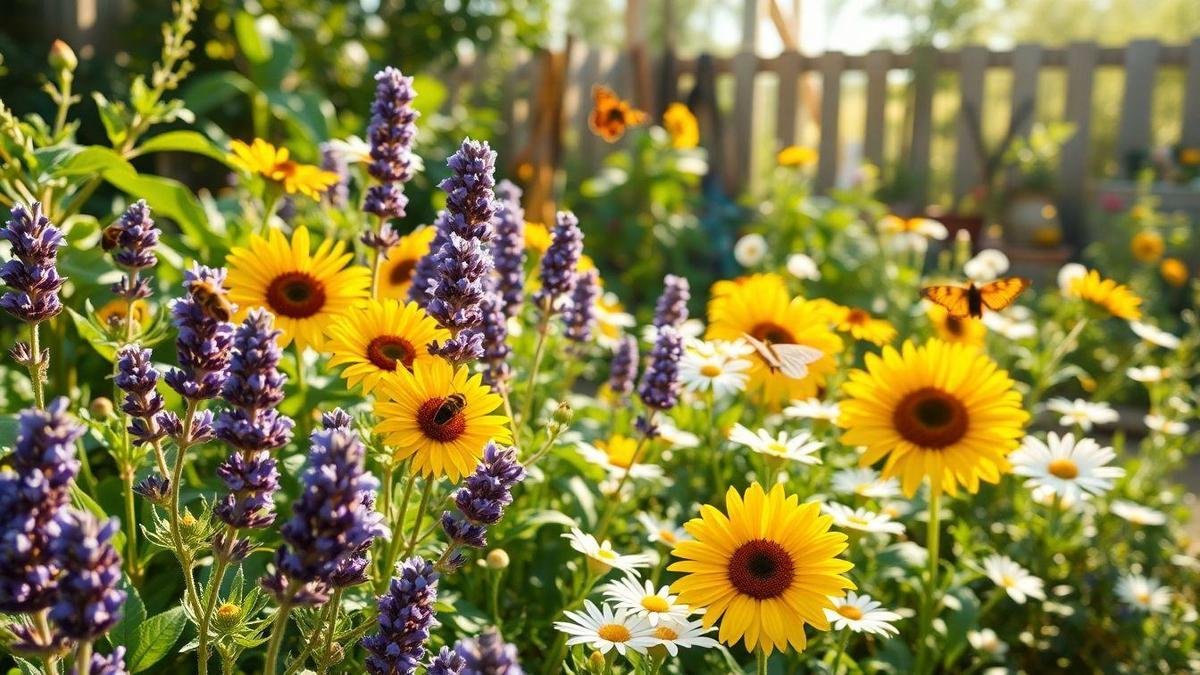
Care, timing, and the no-pesticide rule I follow for the best outdoor plants to attract pollinators
When and how to plant for the best pollinator returns in my yard
Let me tell you, planting for pollinators is like throwing a party for the most popular guests in town—bees, butterflies, and hummingbirds! I’ve learned that timing is everything. Spring is my go-to season. That’s when I roll up my sleeves and get my hands dirty. I usually start planting in late March to early April. Why? Because that’s when these little winged wonders are waking up from their winter slumber, and they’re hungry for some nectar!
Now, how do I plant? Well, I like to think of it as a dance. I dig a hole, drop in the plant, and give it a little shake like I’m doing the cha-cha! But seriously, I make sure to space my plants about 12-18 inches apart. This way, my pollinator pals can flit around without bumping into each other. I also water them well after planting—it’s like giving them a refreshing drink after a long trip!
How to build habitat with pollinator friendly garden plants: water, shelter, and diversity
Creating a pollinator paradise in my yard isn’t just about pretty flowers; it’s about making a home! First off, I make sure there’s water. I set up a small birdbath with some rocks for the bees to land on. It’s like their very own spa day!
Next, I think about shelter. I leave some tall grasses and brush piles around. It’s like giving them a cozy blanket to snuggle under when the weather gets rough. And let’s not forget about diversity! I plant a mix of flowers—some tall, some short, some bright, and some pastel. This variety attracts different pollinators. Just like a buffet, the more options, the better!
Quick checklist for pesticide-free pollinator friendly garden plants
Here’s a quick rundown of what I keep in mind when choosing my plants:
| Plant Type | Why I Love It |
|---|---|
| Milkweed | Attracts monarch butterflies! |
| Coneflower | Bees love it, and it’s super pretty! |
| Lavender | Smells great and attracts all sorts! |
| Bee Balm | It’s a bee magnet—literally! |
| Sunflower | Who doesn’t love a big, happy flower? |
I make sure to skip the pesticides. I mean, who needs those when I can just let nature do its thing? Plus, I don’t want to be the villain in this pollinator story!
Conclusion
In conclusion, creating a pollinator paradise in my urban garden is not just a hobby; it’s a full-blown mission! By selecting native plants, opting for perennials, and planning for blooms from spring to fall, I’ve turned my tiny space into a buzzing buffet. Remember, it’s all about making our garden a welcoming spot for our buzzing buddies without the use of harmful pesticides. With a little creativity and humor, I’ve managed to foster a thriving ecosystem right on my balcony. So, if you’re ready to join the ranks of pollinator-friendly gardeners, dive into the world of container gardening and drought-tolerant plants. Trust me, your pollinator pals will thank you!
For more tips, tricks, and a sprinkle of humor, check out more articles at MyXaro. Happy gardening! 🐝🌼
Frequently asked questions
–
Which plants attract the most bees and butterflies?
I pick coneflowers, lavender, and milkweed. They flock like it’s happy hour.
–
Can I attract pollinators in a small balcony?
I sure can. I use pots of bee balm, salvias, and thyme. Best Outdoor Plants for attracting pollinators in urban gardens fit in tiny pots.
–
Are there low-maintenance plants that pollinators love?
I love lavenders, sedums, and black-eyed Susans. They need little fuss and bring big crowds.
–
When should I plant to help pollinators most?
I plant in spring and early summer. That gives flowers through the seasons.
–
How do I avoid pesticides but keep plants healthy?
I use hand-pick, neem, and friendly insects. No harsh sprays. Pollinators stay happy and I sleep better.

